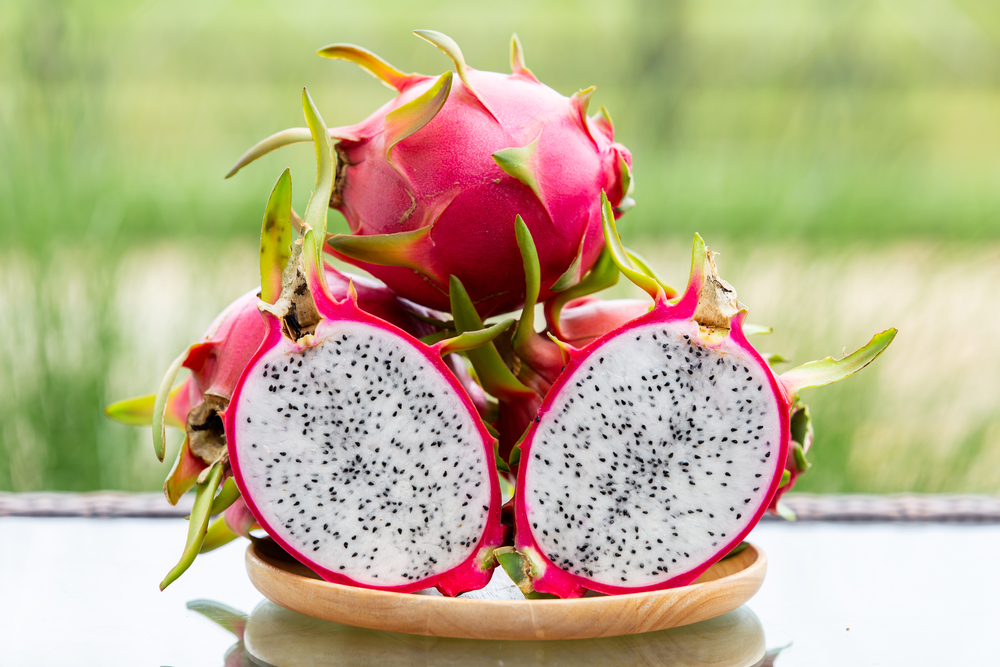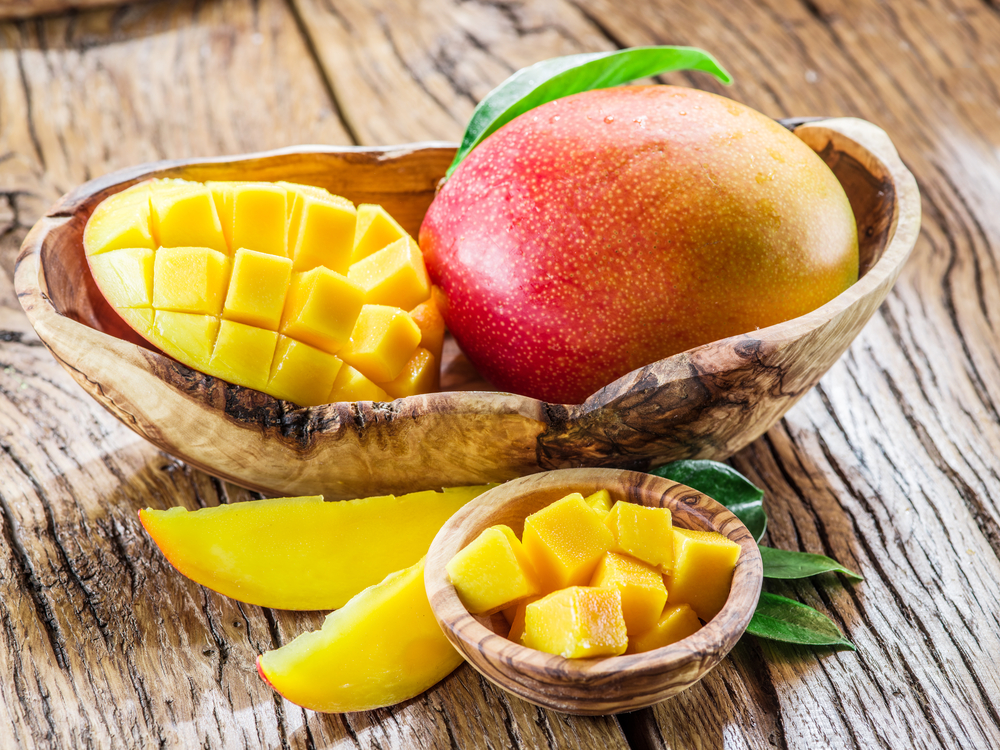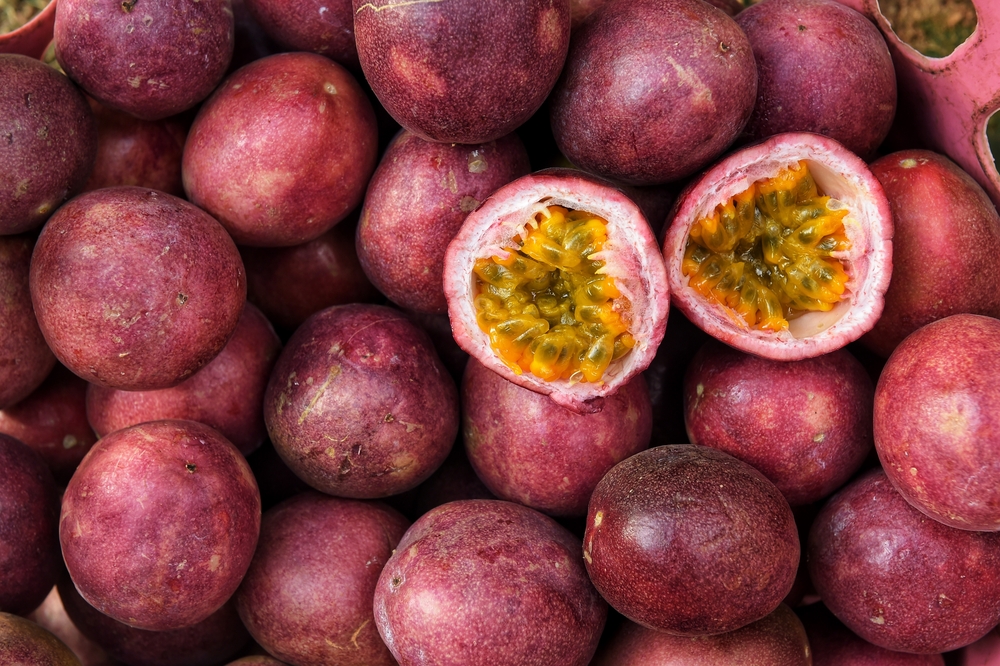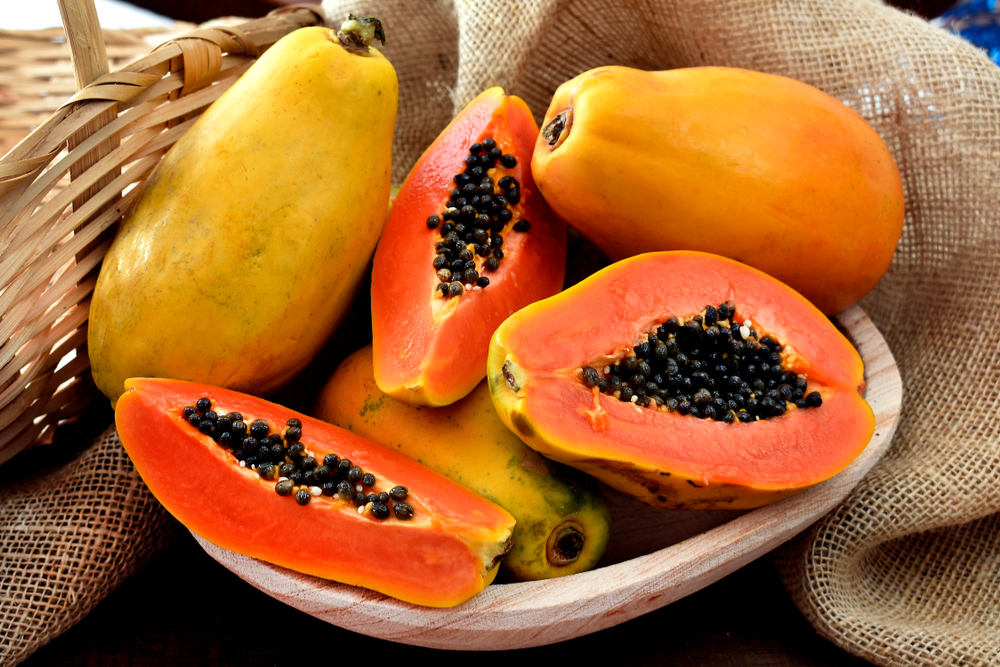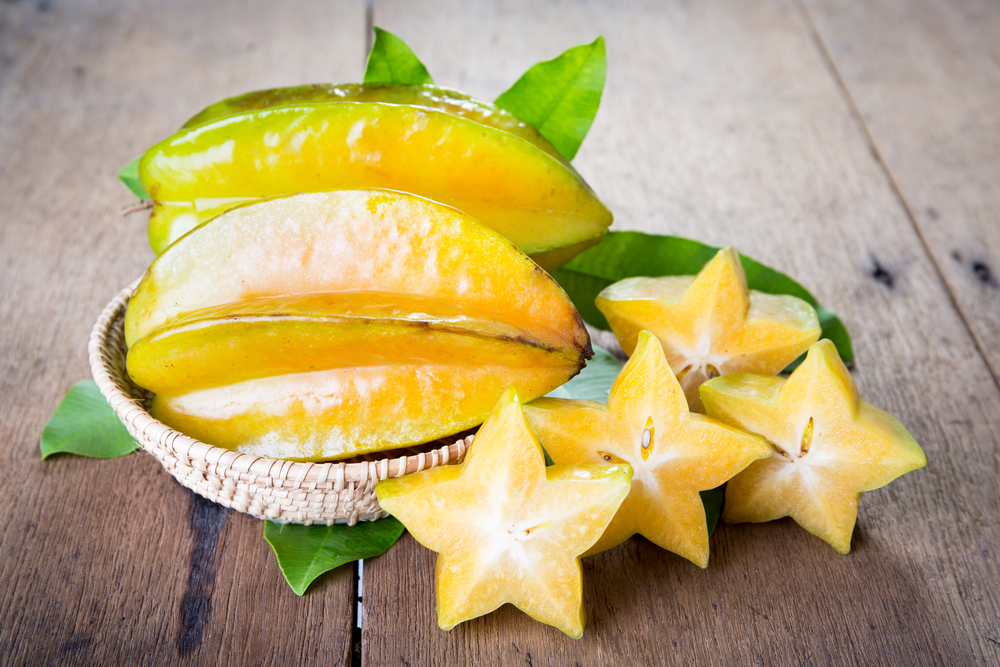Avocado is a fruit that has been gaining popularity in recent years due to its unique taste and numerous health benefits.
However, describing the taste of an avocado is not an easy task. Some people describe it as creamy and nutty, while others compare it to butter or even grass. So, what does avocado taste like?
To answer that question, it is important to understand that the taste of avocado can vary depending on several factors, such as the variety, ripeness, and even the region where it was grown.
Generally, ripe avocados have a milder taste and a creamy texture, while unripe ones are more firm and have a less pronounced flavor. The taste of avocado is also influenced by the presence of healthy fats, which give it a rich and buttery mouthfeel.
Despite its unique taste, avocado is a versatile ingredient that can be used in a variety of dishes, from salads to smoothies and even desserts.
It is also a nutritional powerhouse, containing healthy fats, fiber, vitamins, and minerals. So, whether you love it or hate it, there is no denying that avocado is a fascinating fruit that has a lot to offer.
Key Takeaways
- Avocado has a unique taste that can be described as creamy, nutty, or buttery.
- The taste of avocado can vary depending on factors such as variety and ripeness.
- Avocado is a versatile and nutritious ingredient that can be used in a variety of dishes.
Understanding the Taste of Avocado
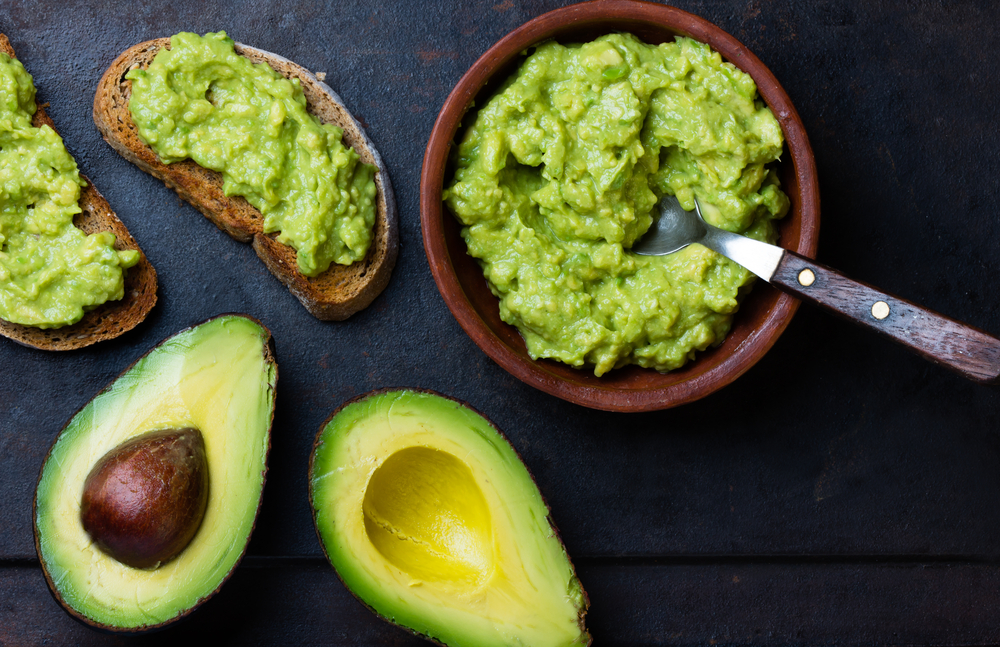
Avocado is a fruit that has a unique taste and texture. It is often described as creamy, buttery, and nutty, with a slightly earthy or grassy flavor. The taste of avocado can vary depending on its ripeness and the variety of avocado.
When an avocado is ripe, it has a softer texture and a sweeter taste. The flesh of a ripe avocado is creamy and buttery, making it a popular ingredient in a variety of dishes, from guacamole to smoothies.
On the other hand, an unripe avocado has a firmer texture and a more sour taste.
In terms of flavor, avocado is generally considered to have a mild taste, which makes it a versatile ingredient that can be used in both sweet and savory dishes.
Its mild flavor also allows it to complement other flavors without overpowering them.
One of the reasons why avocado is so popular is its rich and creamy texture. This texture is due to the high fat content of avocado, which is mostly made up of healthy monounsaturated fats.
The creamy and buttery taste of avocado is often compared to that of other fatty foods, such as butter or cream cheese.
While avocado is generally considered to have a pleasant taste, some people may find its flavor to be slightly bitter or earthy.
This is especially true for certain varieties of avocado, which may have a stronger or more distinct flavor. However, this bitterness can be balanced out by adding other ingredients to a dish, such as lime juice or salt.
Overall, avocado is a delicious and nutritious fruit that has a unique taste and texture. Its creamy, buttery, and nutty flavor makes it a versatile ingredient that can be used in a variety of dishes, from salads to sandwiches.
Texture of Avocado
Avocado has a unique texture that is both smooth and creamy. It is often described as having a rich and buttery feel in the mouth. The texture of an avocado can vary depending on its ripeness and the variety of avocado.
When an avocado is ripe, it has a soft and creamy texture that is easy to spread. The flesh of the avocado is firm but not dense, making it easy to mash or puree. The texture of a ripe avocado is perfect for making guacamole or adding to smoothies.
On the other hand, an unripe avocado has a firmer texture that is not as creamy. It can be difficult to cut and peel an unripe avocado, and the flesh may be harder to mash or puree.
The texture of an avocado also varies depending on the variety of avocado. Some varieties have a smoother texture, while others have a more fibrous texture.
The Hass avocado, which is the most common variety, has a smooth and creamy texture that is perfect for making avocado toast or adding to salads.
In summary, the texture of an avocado is smooth and creamy when ripe, and firm but not dense when unripe. The variety of avocado can also affect its texture, with some varieties having a smoother or more fibrous texture.
Avocado in Different Forms
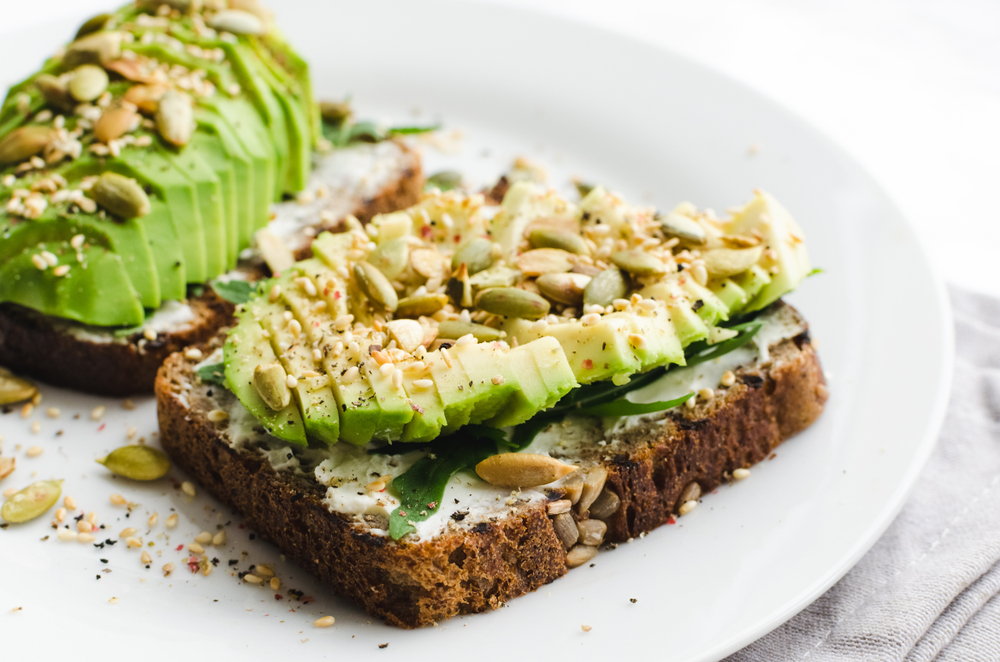
Avocado is a versatile fruit that can be consumed in various forms. From guacamole to avocado toast, it is a popular ingredient in many dishes. Here are some ways to enjoy avocado in different forms:
Guacamole
Guacamole is a popular dip made from mashed avocados, lime juice, and salt. It is commonly served with tortilla chips, but it can also be used as a spread or topping for sandwiches, tacos, and burgers.
The taste of guacamole is creamy, tangy, and slightly salty.
Toast
Avocado toast is a trendy breakfast dish that has gained popularity in recent years. It is made by mashing ripe avocado onto a piece of toast and adding toppings such as eggs, tomatoes, and bacon. The taste of avocado toast is buttery, creamy, and slightly nutty.
Salad
Avocado is a common ingredient in salads. It adds a creamy texture and a mild flavor to the dish. It can be used in various types of salads, such as Greek salad, Cobb salad, and Caesar salad.
Smoothie
Avocado can also be used in smoothies. It adds a creamy texture and a mild flavor to the drink. It can be blended with other fruits and vegetables such as banana, spinach, and berries to make a healthy and delicious smoothie.
Cubes
Avocado cubes can be added to various dishes such as soups, stews, and pasta. They add a creamy texture and a mild flavor to the dish. It is important to use ripe avocados when making avocado cubes.
Bad Avocado
It is important to note that a bad avocado can ruin a dish. A bad avocado is usually brown and mushy. It is best to check the avocado for ripeness before using it in a dish. A ripe avocado should be slightly soft when pressed gently.
Health Benefits of Avocado
Avocado is a nutrient-dense fruit that is loaded with healthy fats, fiber, vitamins, and minerals. Here are some of the potential health benefits of consuming avocados:
Heart Health
Avocados are a great source of healthy fats, specifically monounsaturated and polyunsaturated fats, which have been linked to lower levels of LDL cholesterol (bad cholesterol) and higher levels of HDL cholesterol (good cholesterol). This can help reduce the risk of heart disease and stroke.
Nutrient-Dense
Avocados are packed with essential nutrients, including potassium, vitamin K, vitamin C, vitamin E, vitamin B6, and folate. They also contain small amounts of magnesium, manganese, copper, iron, zinc, phosphorus, and vitamins A, B1, B2, and B3.
Antioxidants
Avocados are rich in antioxidants, including carotenoids, lutein, and zeaxanthin, which can help protect the body against oxidative stress and inflammation.
Fiber
Avocados are an excellent source of dietary fiber, which can help regulate digestion, reduce the risk of constipation, and promote feelings of fullness.
Weight Management
Despite their high calorie content, avocados may help with weight management due to their high fiber and healthy fat content, which can help control appetite and promote satiety.
Butter Substitute
Avocado can be used as a healthy substitute for butter in many recipes due to its creamy texture and mild flavor. This can help reduce the intake of saturated fat and cholesterol, which can be harmful to heart health.
Overall, avocados are a nutritious and delicious addition to a healthy diet. However, it is important to consume them in moderation, as they are high in calories and fat.
Storing and Ripening Avocados

Avocados are a unique fruit that require special attention when it comes to storing and ripening. Proper storage can help extend the life of an avocado, while ripening can ensure the fruit is at its best when consumed.
Storing Avocados
When storing avocados, it is important to consider their ripeness. Ripe avocados are best stored in the refrigerator to slow down the ripening process.
Keep them in the low-humidity crisper drawer of your fridge to maintain their freshness. However, if the avocado is unripe, it should be stored at room temperature until it becomes ripe.
If you have cut an avocado, it is recommended to store the remaining half with the skin still attached. This helps to prevent the avocado from spoiling quickly. You can also use cling wrap to cover the exposed flesh and store it in the fridge for up to two days.
Ripening Avocados
If you have an unripe avocado, there are several ways to ripen it. One method is to place the avocado in a brown paper bag with an apple or banana. The ethylene gas produced by the apple or banana will help to ripen the avocado faster. Another method is to place the avocado in a warm area, such as on a windowsill or near a stove.
It is important to check the avocado daily to avoid over-ripening. Once the avocado is ripe, it should be consumed within a day or two. A ripe avocado will give slightly when pressed gently, but it should not be too soft or squishy.
By following these storage and ripening tips, you can ensure that your avocados are always fresh and delicious.
Culinary Uses of Avocado
Avocado is a versatile fruit that can be used in a variety of culinary applications. It is commonly used in Mexican cuisine, but it can also be found in many other types of dishes. Here are some of the most popular culinary uses of avocado:
- Guacamole: This is perhaps the most well-known use of avocado. Guacamole is a dip made from mashed avocado, lime juice, salt, and seasonings. It is typically served with tortilla chips, but it can also be used as a topping for tacos, burgers, and other dishes.
- Salads: Avocado can be sliced or diced and added to salads for a creamy, buttery texture. It pairs well with other vegetables, fruits, and meats.
- Smoothies: Avocado can be blended with other fruits and vegetables to make a healthy and filling smoothie. It adds a creamy texture and a mild flavor that complements other ingredients.
- Sandwiches: Avocado can be used as a substitute for mayonnaise or other spreads on sandwiches. It adds a healthy fat and a creamy texture that pairs well with bread and other ingredients.
- Cooking: Avocado can be used as a cooking oil substitute. It has a high smoke point and a mild flavor that makes it a good choice for sautéing and frying. It can also be used as a substitute for butter or other fats in baking recipes.
- Seasonings: Avocado can be mashed and used as a seasoning for meats, vegetables, and other dishes. It adds a creamy texture and a mild flavor that complements other ingredients.
Overall, avocado is a versatile fruit that can be used in a variety of culinary applications. It is high in healthy fats and nutrients, making it a great addition to any diet.
Different Varieties of Avocado
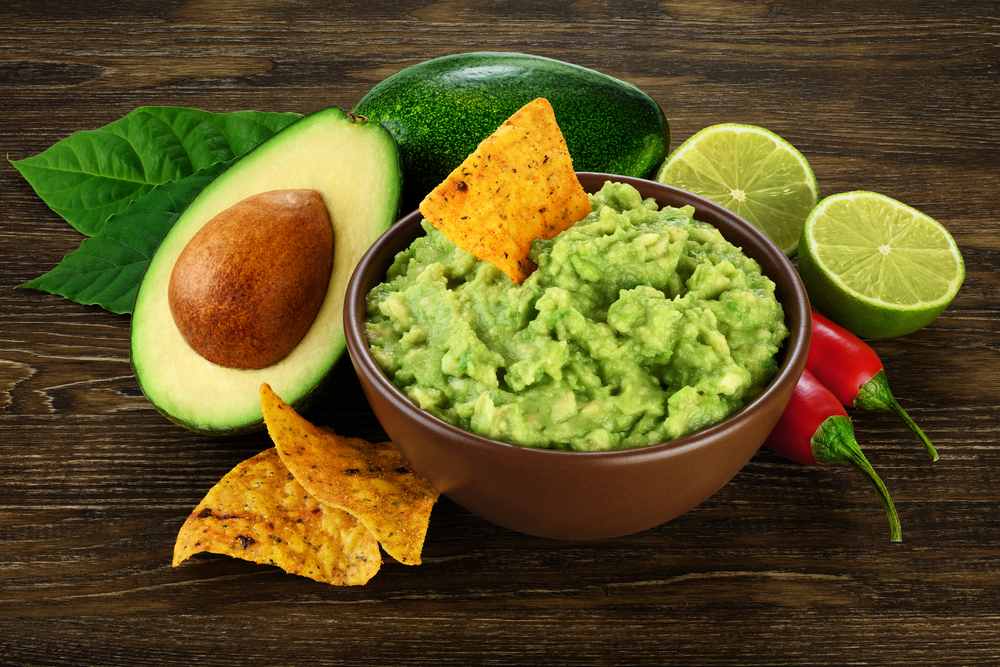
Avocado is a fruit that comes in various shapes, sizes, and colors, each with its distinct taste and texture. Here are some of the most common varieties of avocado:
Hass Avocado
The Hass avocado is the most popular and commonly found variety of avocado. It has a rough, dark green skin that turns black when ripe and a creamy, buttery flesh.
The Hass avocado has a nutty, rich flavor and is perfect for making guacamole or spreading on toast.
Fuerte Avocado
The Fuerte avocado has a smooth, thin skin that remains green even when ripe. It has a slightly milder flavor than Hass and a firmer texture. Fuerte avocados are ideal for slicing and adding to salads or sandwiches.
Lamb Hass Avocado
The Lamb Hass avocado is a cross between the Hass and Gwen varieties. It has a smaller seed and a thicker skin than the Hass avocado, making it easier to peel. The Lamb Hass avocado has a creamy texture and a slightly nutty flavor.
Reed Avocado
The Reed avocado is a large, round fruit with a smooth, green skin. It has a creamy, buttery texture and a mild, nutty flavor. Reed avocados are perfect for making smoothies or adding to salads.
Pinkerton Avocado
The Pinkerton avocado has a smooth, green skin and a pear-like shape. It has a creamy texture and a mild, nutty flavor. Pinkerton avocados are ideal for making guacamole or adding to sandwiches.
Bacon Avocado
The Bacon avocado has a smooth, thin skin that turns dark green when ripe. It has a mild, buttery flavor and a creamy texture. Bacon avocados are perfect for slicing and adding to sandwiches or salads.
Zutano Avocado
The Zutano avocado has a smooth, green skin and a pear-like shape. It has a mild, buttery flavor and a firm texture. Zutano avocados are ideal for slicing and adding to sandwiches or salads.
Gwen Avocado
The Gwen avocado has a smooth, green skin and a pear-like shape. It has a creamy texture and a slightly nutty flavor. Gwen avocados are perfect for making guacamole or adding to sandwiches.
Choquette Avocado
The Choquette avocado has a smooth, green skin and a pear-like shape. It has a creamy texture and a mild, nutty flavor. Choquette avocados are perfect for making smoothies or adding to salads.
Other Varieties
Other varieties of avocado include the Alligator Pear, which has a rough, bumpy skin and a mild, buttery flavor, and the Green Skin avocado, which has a smooth, green skin and a slightly nutty flavor.
Avocados come in many shapes and sizes, from small berries to large, pear-shaped fruits, but they all share a creamy, buttery texture and a rich, nutty flavor.
Nutritional Profile of Avocado
Avocado is a unique fruit that is known for its high nutritional value. It is rich in healthy fats, vitamins, minerals, and fiber. Here is a breakdown of the nutritional profile of avocado:
Fats
Avocado is high in fat, but it is mostly monounsaturated and polyunsaturated fats, which are considered healthy fats.
These fats can help reduce bad cholesterol levels and lower the risk of heart disease. A medium-sized avocado contains about 22 grams of fat, which is mostly monounsaturated and polyunsaturated fats.
Flesh
The flesh of an avocado is creamy and buttery, with a subtle flavor. It is also high in fiber, which can help regulate digestion and keep you feeling full for longer. A medium-sized avocado contains about 10 grams of fiber.
Sugar
Avocado is a low-sugar fruit, which makes it a great option for people who are watching their sugar intake. A medium-sized avocado contains only about 0.7 grams of sugar.
Minerals
Avocado is rich in minerals such as potassium, magnesium, and folate. Potassium is important for heart health and can help regulate blood pressure. A medium-sized avocado contains about 485 milligrams of potassium. Magnesium is important for bone health and can help regulate blood sugar levels.
A medium-sized avocado contains about 29 milligrams of magnesium. Folate is important for cell growth and development and can help prevent birth defects. A medium-sized avocado contains about 121 micrograms of folate.
Heart Health
Avocado is known for its heart-healthy properties. The healthy fats in avocado can help reduce bad cholesterol levels and lower the risk of heart disease. Avocado is also high in potassium, which can help regulate blood pressure and reduce the risk of heart disease.
Raw
Avocado is best consumed raw to get the most nutritional benefits. Cooking avocado can destroy some of the nutrients and alter the flavor and texture.
However, avocado can be used in a variety of cooked dishes, such as guacamole, salads, and sandwiches.
Overall, avocado is a highly nutritious fruit that can provide a variety of health benefits. It is rich in healthy fats, fiber, vitamins, and minerals, and can be enjoyed in a variety of ways.
Avocado in Popular Culture
Avocado has become a ubiquitous ingredient in popular culture, appearing in a wide range of dishes and products. Here are some of the most popular ways avocado is used in popular culture:
Avocado Toast
Avocado toast has become a staple in many cafes and restaurants, and is a popular breakfast or brunch item. It typically consists of mashed avocado spread on top of toasted bread, with additional toppings such as eggs, bacon, or tomatoes.
Avocado toast has become so popular that it has even been blamed for millennials’ inability to afford homes.
Sandwiches
Avocado is a popular ingredient in sandwiches, adding a creamy texture and nutty flavor. It pairs well with a variety of meats, cheeses, and vegetables, and can be used in both cold and hot sandwiches.
Tacos
Avocado is a common ingredient in Mexican cuisine, and is often used in tacos. It provides a creamy contrast to spicy or tangy flavors, and can be used in both vegetarian and meat-based tacos.
Ice Cream
Avocado ice cream is a unique dessert that has become popular in recent years. It has a creamy texture and a slightly nutty flavor, and is often paired with other tropical flavors such as coconut or mango.
Overall, avocado’s versatility and mild flavor have made it a popular ingredient in a wide range of dishes and products.
Frequently Asked Questions
What are some tips for making avocado taste good?
Avocado is a versatile fruit that can be used in many dishes. To make it taste good, try adding some salt, pepper, and lime juice to enhance the flavor.
You can also mash it up and mix it with other ingredients like garlic, tomatoes, and onions to make guacamole. Additionally, avocado can be used as a substitute for butter or oil in baking recipes.
What are the benefits of eating avocado?
Avocado is a nutrient-dense fruit that is high in healthy fats, fiber, and vitamins. Eating avocado can help improve heart health, lower cholesterol levels, and promote weight loss.
It also contains antioxidants that can help protect against cancer and other diseases.
Does avocado have a sweet or sour taste?
Avocado has a mild, nutty flavor that is not too sweet or sour. Some people describe it as having a buttery taste and texture.
What is the flavor profile of avocado?
The flavor profile of avocado is mild and creamy, with a slightly nutty taste. It has a smooth and buttery texture that makes it a popular ingredient in many dishes.
Is there a food that avocado tastes similar to?
Avocado has a unique flavor that is not easily compared to other foods. However, some people describe it as having a similar taste and texture to nuts, such as cashews or almonds.
Can avocado taste like soap?
Some people may experience a soapy taste when eating avocado. This is due to a genetic variation that affects the way they perceive certain flavors. However, this is not a common experience for most people.



